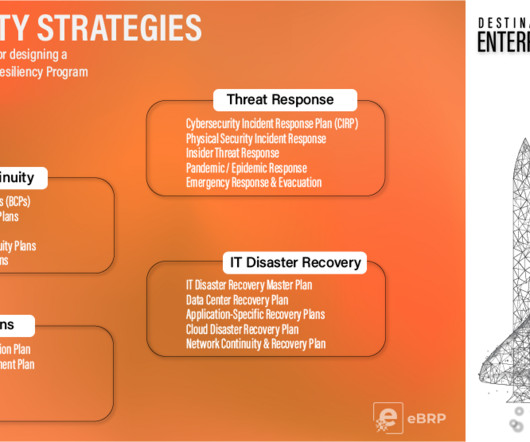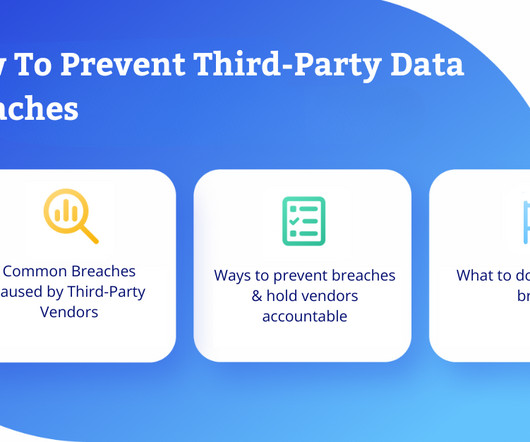Double trouble: When climate change and cyber crime collide
everbridge
NOVEMBER 11, 2024
At the same time, organizations in disaster zones may be forced to prioritize physical recovery over cybersecurity, leaving doors open for attackers to penetrate networks or systems. This is hazardous thinking. But government action alone is not enough. Communication and coordination are essential.



















Let's personalize your content